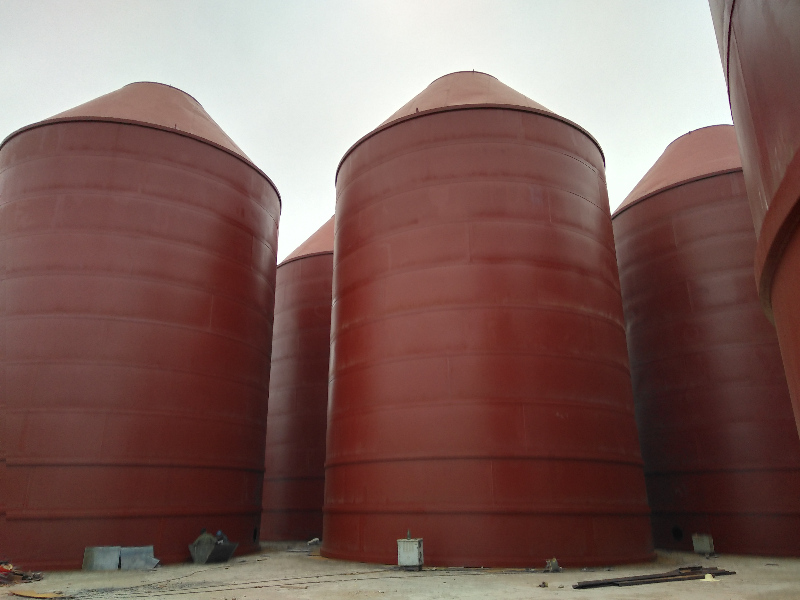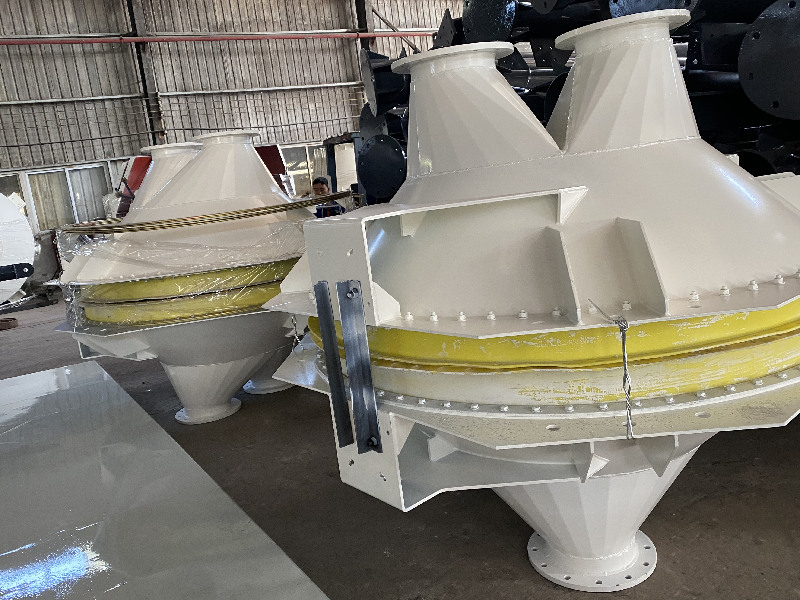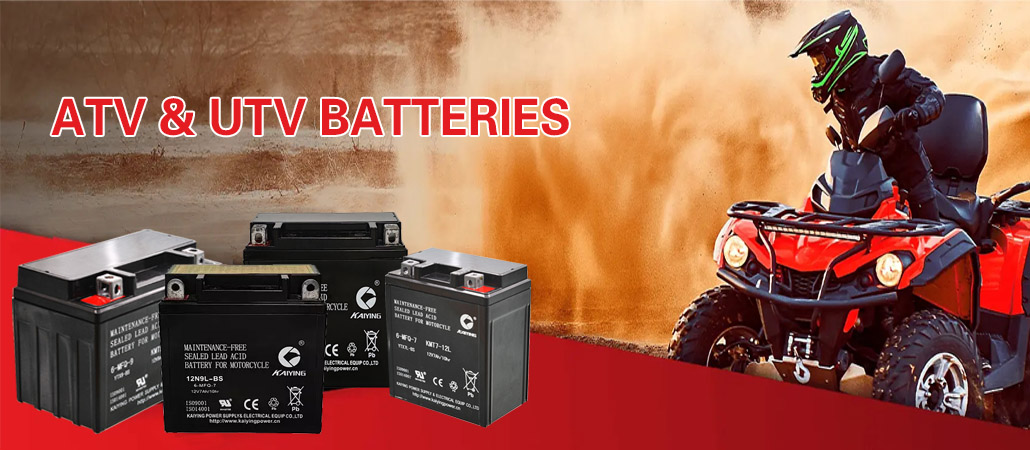Reinforcing Cement Silos A Comprehensive Guide to Structural Design and Material Upgrades
When it comes to the longevity and stability of metal silos, reinforcement is key. Here we'll explore the essential steps to bolster the resilience of these structures, ensuring they stand strong against the test of time and extreme weather conditions.
Structural Design and Material Upgrades
The first step in reinforcing a cement silo is to focus on its structural design. By incorporating additional horizontal, vertical, or diagonal braces, we can significantly enhance the cement silo's lateral stability and resistance to lateral forces. These bracing elements act as the "skeleton" of the cement silo, providing a robust framework that improves its stability during typhoons and other severe weather events. Moreover, thickening the cement silo walls or adding reinforcement bars can boost its resistance to wind pressure and deformation. Upgrading materials to high-strength, corrosion-resistant metals or applying anti-corrosion and anti-rust coatings to the cement silo's surface can also extend its service life and enhance durability.
Connection Hardware and Foundation Reinforcement
The connection hardware and fasteners of a concrete silo are crucial for its structural integrity. Replacing these with higher-strength components and increasing the number of fastening points can effectively improve the concrete silo's connection stability. Additionally, the stability of the foundation is paramount to the concrete silo's wind resistance. Expanding the foundation area or reinforcing weak soil can increase the concrete silo's load-bearing capacity and stability. These measures help ensure that the concrete silo remains stable in the face of strong winds, reducing structural damage due to foundation instability.
Wind Protection and Maintenance Monitoring
Wind protection measures for metal storage silos include the installation of high-strength wind-resistant windows and doors, as well as the reinforcement of roofs and drainage systems. These features effectively prevent strong winds and rain from entering the storage feeding silo tank, reducing the impact of wind loads on the structure. Installing windbreak walls or baffles can also reduce the direct impact of wind loads on the silo tank. Beyond physical reinforcement, equipping the storage silo tank with a structural health monitoring system and conducting regular inspections and maintenance are vital for ensuring silo safety. By monitoring the storage silo's structural condition in real-time, we can promptly identify and repair structural damage caused by corrosion, aging, and other issues, ensuring the silo's safe and stable operation even in extreme weather conditions.






 Battery Internal Resistance and Health Status:
Battery Internal Resistance and Health Status:
